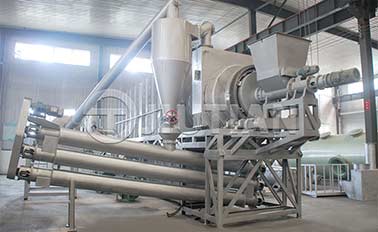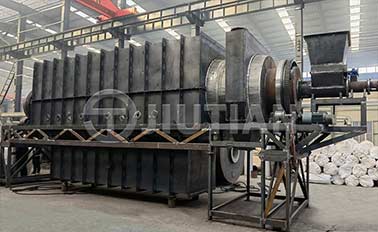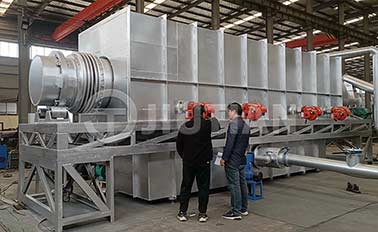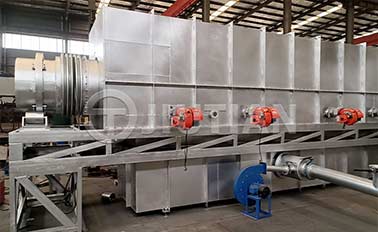Rice husk carbonization furnaces usually use a variety of smoke removal technologies to ensure efficient exhaust gas treatment and environmental protection standards. Here are some common smoke removal techniques:
1. Wet dust removal: By spraying water or other liquids in the flue gas, wet dust removal can effectively remove particulate matter and improve dust removal efficiency.

2. Electrostatic precipitator: Electrostatic precipitator is an efficient particle removal technology. The particles are charged through electric field force and collected on oppositely charged electrodes.
3. Bag dust collector: The bag dust collector uses filter bags to intercept particulate matter. It is an effective technology suitable for small and medium-sized particles.
4. Wet desulfurization: If the rice husk contains sulfur, wet desulfurization technology can absorb the sulfur dioxide in the flue gas by spraying liquid containing alkaline substances to form sulfate, which is then removed.
5. Activated carbon adsorption: Activated carbon adsorption technology can be used to remove organic gases and some volatile organic compounds in flue gas to improve the cleanliness of flue gas.
These technologies can be combined and used according to specific circumstances to achieve the best exhaust gas treatment effect. In addition, the large-scale environmentally friendly carbonization furnace will also use an advanced monitoring system to monitor exhaust gas emissions in real time to ensure environmental compliance during the rice husk carbonization process.

Location:Indonesia
Project Progress:Put Into Production

Location:Vietnam
Project Progress:Put Into Production

Location:Kenya
Project Progress:Put Into Production

Location:Canada
Project Progress:Put Into Production